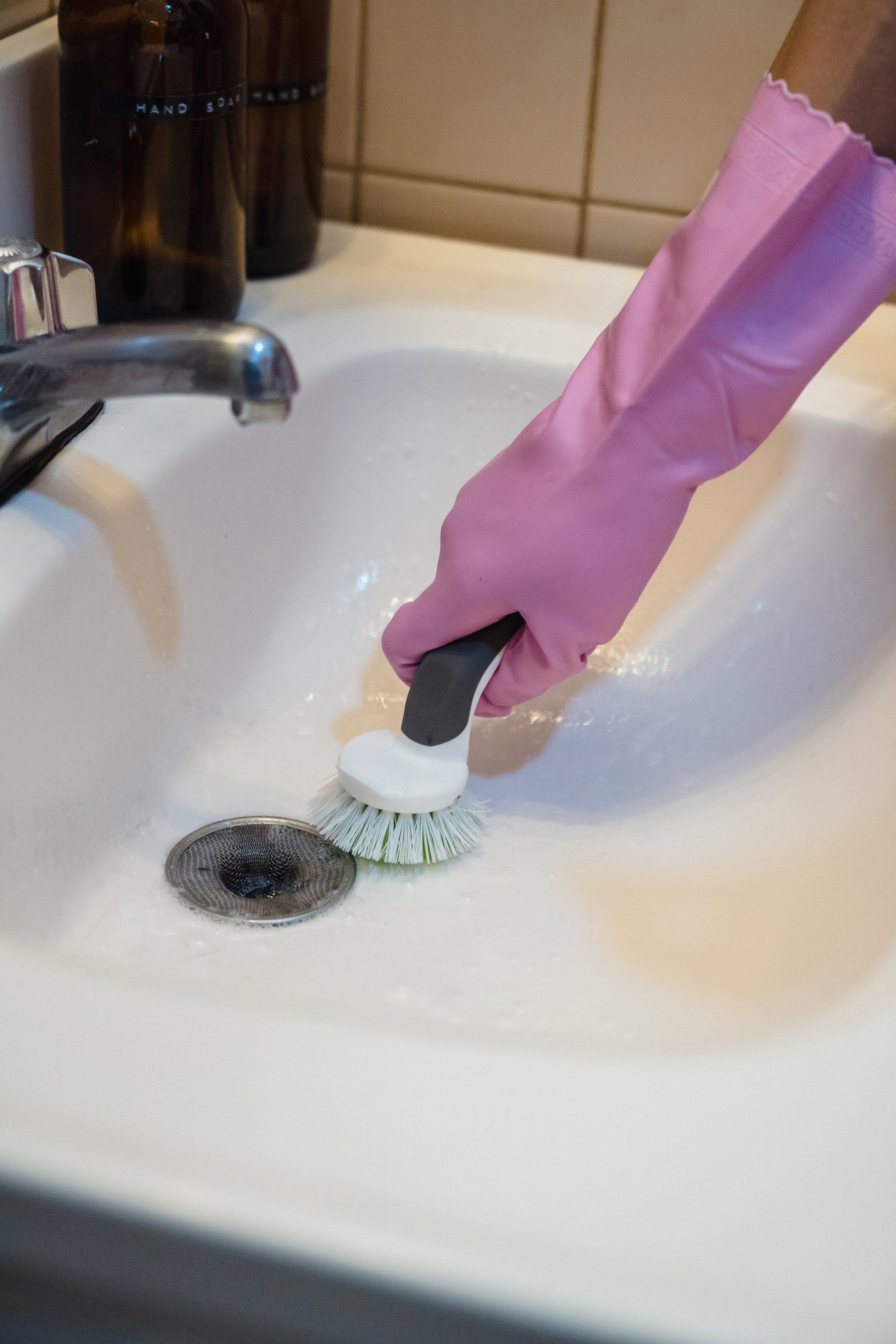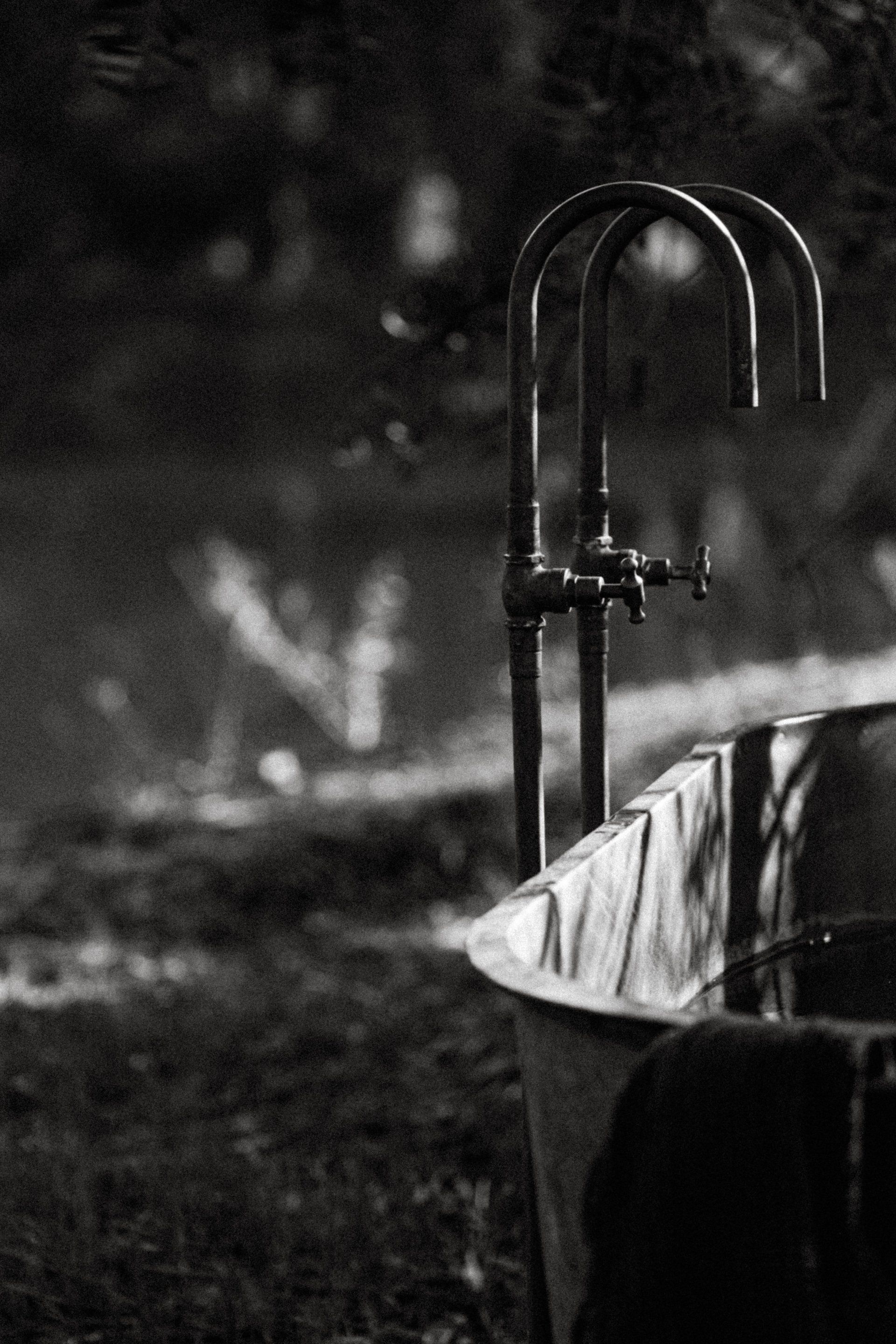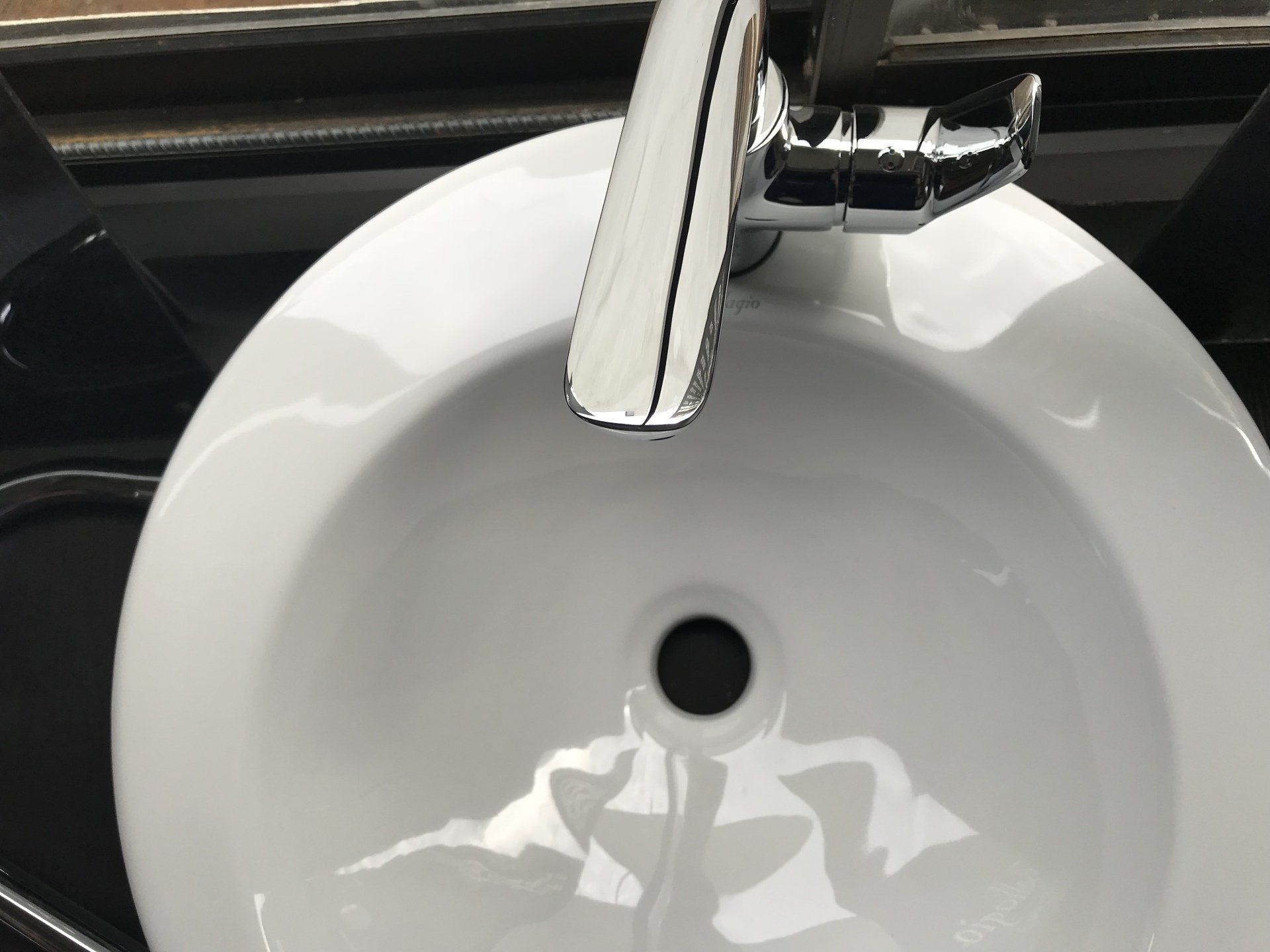Common Mistakes of DIY Water Heater Installation
Common Mistakes of DIY Water Heater Installation
With all the information online these days, many homeowners are learning DIY home projects on their own instead of calling an expert. DIY is a great option. DIY method has its pros and benefits, which include saving money. But, in some cases, cutting corners may cause more costs ultimately.
A variety of plumbing tasks, such as the installation of a tank-mounted water heater, is best done by people with the right skills and experience, like an authorized plumber. There are many mistakes that homeowners make when they attempt a DIY installation of a water heater, including picking the wrong size of tank or location, to a poor selection of material, not adhering to construction codes, and many more.
Be careful not to make these errors when in the process of installing your tank's water heater:
1. Making the wrong choice by choosing the wrong size
Your brand new water heater might be set for failure even before it has warmed up the very first gallon. Tank water heaters vary between 30 and 80 gallons. The size you require is contingent on the number of people in your household as well as your use of hot water. If you purchase an appliance that is too small, you'll end up often running low on hot water. If you buy a tank that's too big, it will cost you the money you pay for your monthly energy costs by heating water constantly that you don't require.
2. It should not be installed in a risky place
Where you install your water heater is important for security, convenience, and effectiveness. Based on the local code, there could be restricted areas to place tanks for water heaters, for example, attics, storage closets, or under floorboards. If you're replacing a previous water heater, don't presume that the same space will work as newer models are more efficient in insulation and are wider than older models. A skilled plumber will ensure your water heater has adequate access and space for airflow.
3. Inadvertently putting an empty drain pan underneath the tank
The draining pan should be suggested (or mandatory) beneath a tank water heater to catch any water that might be leaking or discharging from the heater. The drain pan has to be constructed of corrosion-resistant materials and should be at minimum 1.5 inches high and two inches larger than the size of the tank water heater. Inadvertently installing the drain pan or choosing the wrong dimensions can increase the risk of water damage in the near future.
4. Incorrect configuration of the valve for pressure relief
The valve for pressure relief is a security feature that lets water out of the tank in the event that the temperature or pressure inside is excessively high. In the event that the valve, as well as the tube for release, is not correctly installed, you could face the risk of your heater breaking or even exploding.
5. Connections and material selections are not ideal.
The installation of a water heater with no adequate training and understanding could result in negative outcomes. For instance, it's crucial to select the correct kind (and dimensions) of pipes. Also, you should avoid mixing different metals, utilize proper soldering methods, and arrange pipes in a particular manner. A mistake could void the warranty of the equipment, harm the performance of the water heater and efficiency, and even lead to system failure.
6. Not obtaining a permit or using codes
If homeowners are performing DIY initiatives, they usually believe they are not subject to permits and building codes, but this isn't the case. The regulations are there for a reason, so ignoring these steps could prove expensive and risky. A professional plumber will make sure that your water heater installation is completed in accordance with the rules.
Get a
FREE Quote
You might also like



